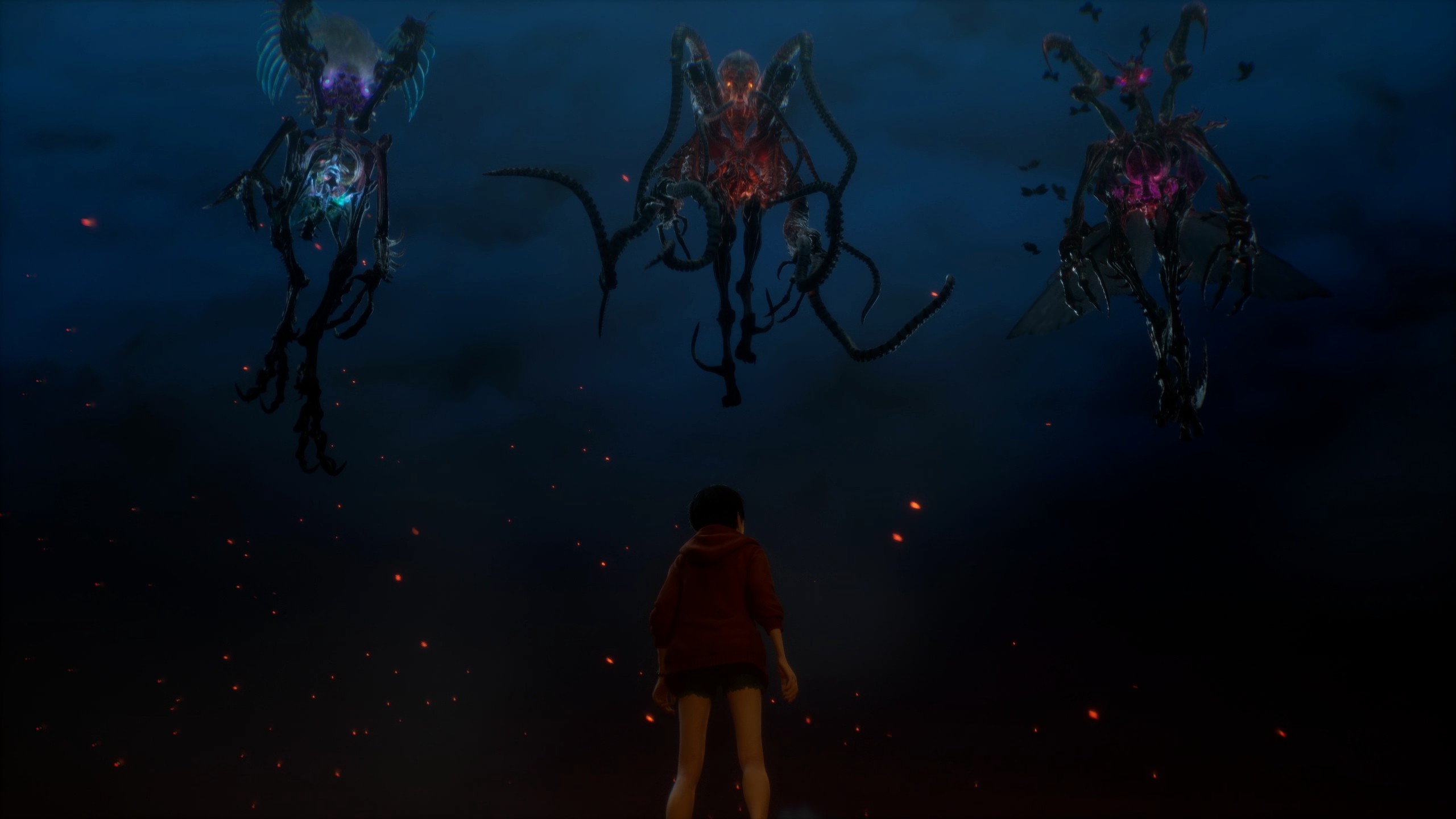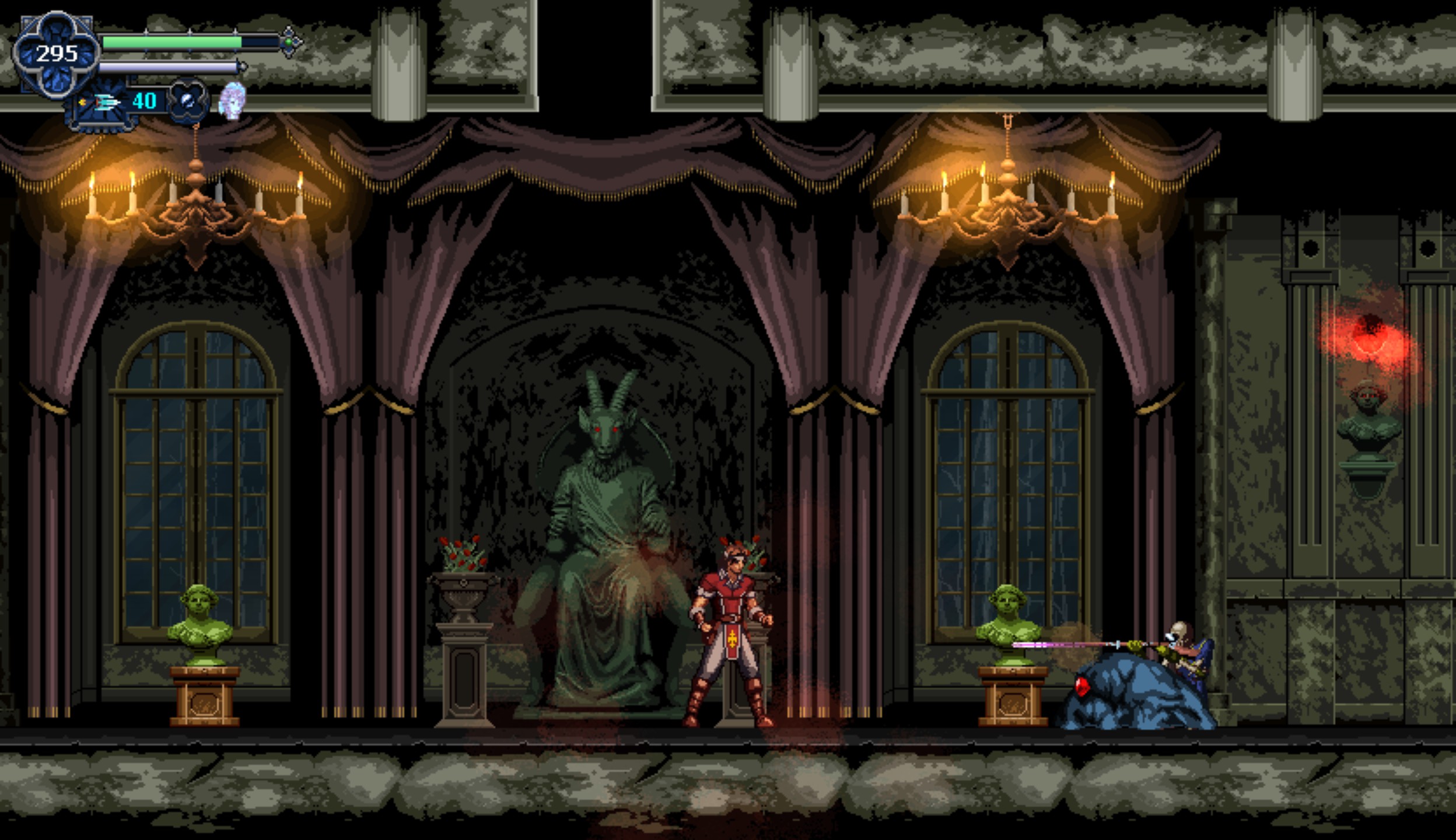Keiichiro Toyama, the creator of the Silent Hill, Siren, and Gravity Rush franchises doesn’t always make great games. He does, however, always make interesting ones. I wasn’t sure what we’d get with Slitterhead, a game from his new studio that returns him to a horror setting for the first time since Siren: Blood Curse. For the first several hours, I was impressed by its creative premise and unique aspects. But after a while, I couldn’t ignore how blatantly padded, clunky, and seemingly unfinished the game is. As such, it’s a hard game to recommend, even if I didn’t have a bad time with it.
Slitterhead‘s premise is fairly interesting. Night Owl is a spirit of some sort trying to stop the titular monsters who hide amongst humans and feast on their brains. After finding several humans that he can possess with special characteristics, he joins with them to end the monstrous menace for good. It plays like Kiseijuu mixed with Gantz which is a pretty terrific combination, I must say. But the story itself doesn’t develop in many interesting ways or even really go anywhere. Late-game plotting is incredibly convoluted before ending on an anticlimactic diversion that left me with more questions than answers.
The game is divided into missions spread across three days on a menu screen. You can take two characters into these as Night Owl time travels around hunting Slitterheads. The characters mostly play very similarly with just a single main attack string, but they all have three unique abilities that range from incredibly useful to practically worthless. I focused on just three characters for the majority of my playthrough, as the others just weren’t worth upgrading for me. You get skill points for each mission you complete, as well as extra for finding memory orbs hidden in the levels. Levels also have optional challenges that reward you with costume items for the characters.
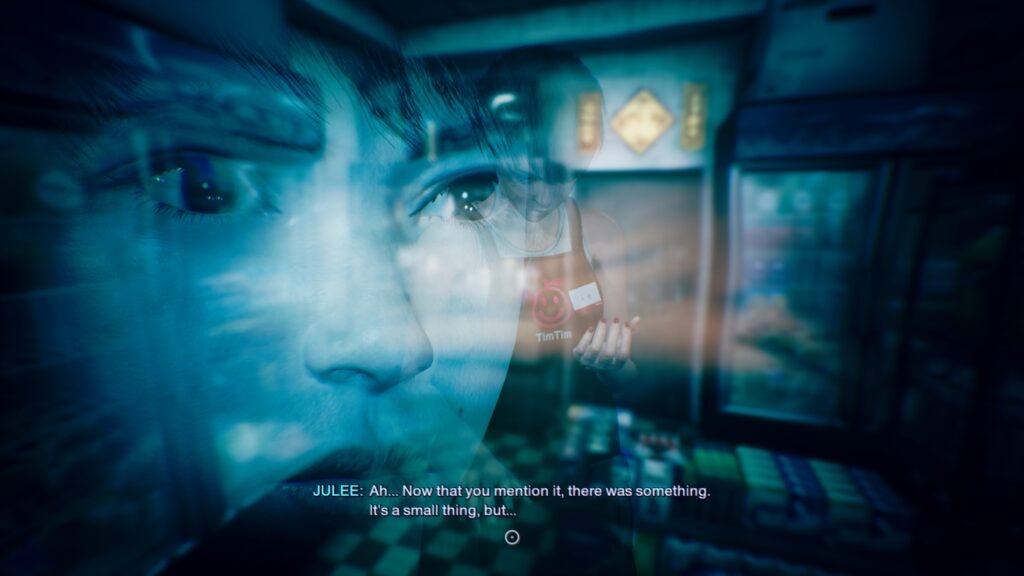
Night Owl will start each mission as the main rarity either selected or forced upon you on the mission start screen. From there they can possess many of the NPCs found out and about. These characters are interchangeable, but useful all the same. One character, Anita, can mindhack a few of them at once and have them swarm and attack enemies, which is one of the best skills in the game. However, possessing an NPC to draw a foe’s aggro while jumping back and forth is very much one of the best strategies you can use in the game. Possessing NPCs is also used for reaching inaccessible areas. It’s a rad concept that the game makes good use of.
As for combat, it’s very much designed for one-on-one fighting. You lock-on to enemies and can attack, dodge, block, or parry. The lock-on is weird, as it can be unclear as to what enemy you’re targeting as there isn’t any visual indication beyond them being placed at the centre of the screen. The combat in Slitterhead is sloppy. You’ll often be mashing the attack button and waiting for cooldowns to finish, but the action just doesn’t feel all that good. It’s very rigid and enemy attacks are often impossible to dodge. Due to this, it truly is better to just swap between characters and get a few hits in before swapping again.
Later in the game, you’ll often be fighting multiple enemies at once, but the game just clearly wasn’t designed for fighting groups, so the combat really breaks down during these sequences. If you don’t constantly switch characters, you’ll find yourself getting hit all the time and the lock-on is so clunky that there’s just no good way to comfortably go about it. Thankfully, characters can heal by absorbing blood from blood pools. I didn’t really mind the combat too much in the earlier hours when fighting one enemy at a time, but it becomes a slog after this stops.
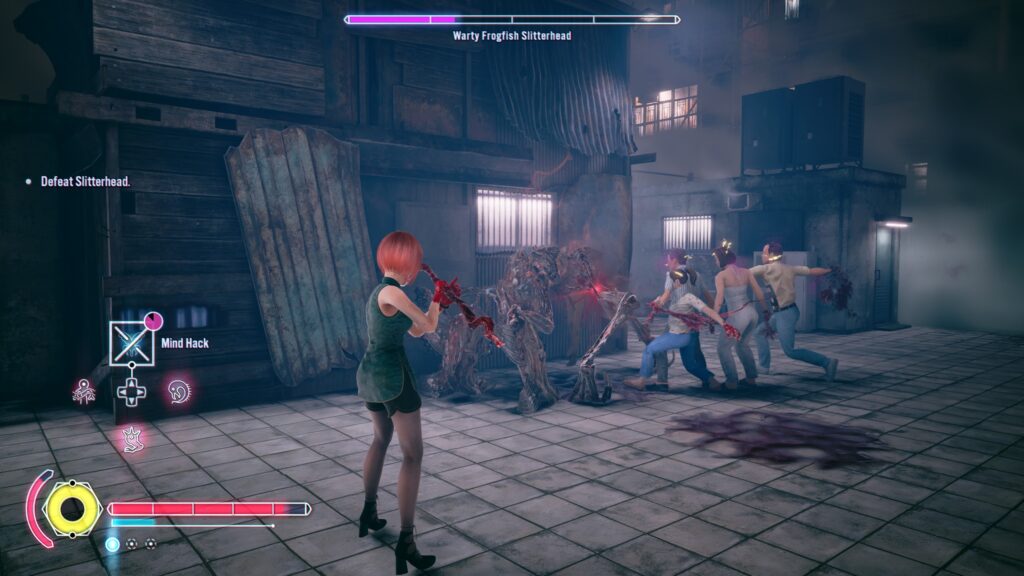
What makes it even worse is the parrying. Making use of this often feels incredibly necessary, as parries grant you spirit energy that lets you use certain skills. Plus pulling off several will eventually slow down time, allowing you to get some damage in. But the parrying is directional and is done with the right stick. This felt pretty awful to me the entire game, as it’s easy to hit the pause button when flicking the stick. Additionally, the parry prompt shows up well before the enemy attacks. Stronger foes can often have a few parryable attacks in a row, and hitting all of these is very difficult. Like the combat in general, none of this feels very good.
The problems don’t stop there, though. Slitterhead‘s structure is much like the Siren games, as you’ll basically be doing the exact same things in the same areas with minor differences. Gameplay varies between combat, chase sections, sections where you use Siren‘s sightjacking mechanic to find enemies hiding among the populace, and stealth. The chase segments are just poor, but they get worse as the game progresses. They’re often scripted and end once you follow the enemy to a certain point, but some require you to damage the enemy while chasing them. Certain sections have you chase them for minutes on end and it’s just boring and incredibly repetitive.
The stealth feels shoehorned in too. You literally play as a spirit that can possess people, but when sneaking past human enemies, you can’t ever possess them for no good reason. It just feels incredibly arbitrary and pointless, as if it’s just padding. Naturally, Slitterhead is packed with padding. There’s time travel in the game, so you often have to revisit missions once or twice, although they’re usually pretty different. All in all, the game only really has a few different areas, so things get old after six hours or so. Especially since the vast majority of the game takes place in a single city area that I got so sick of seeing.
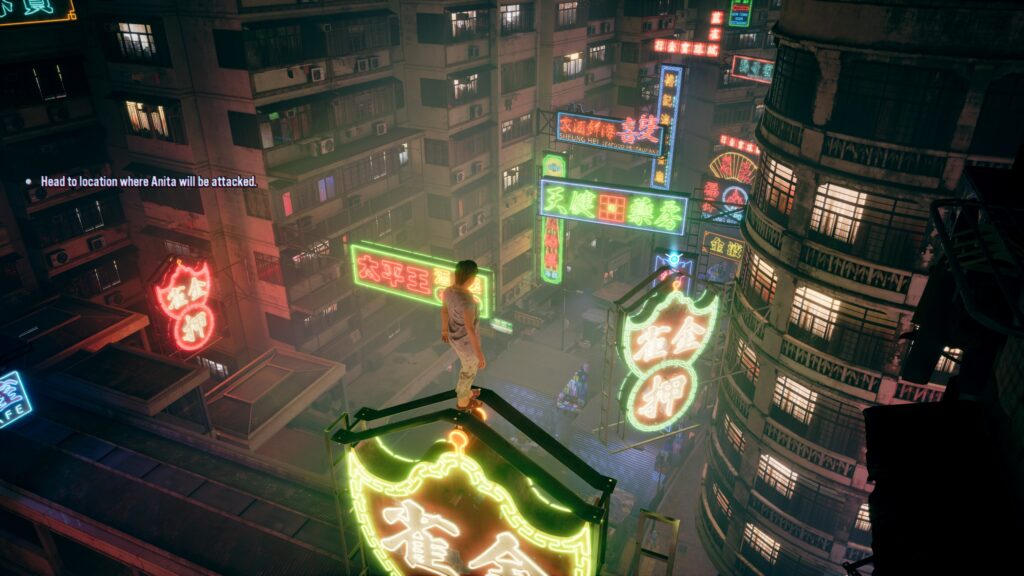
Due to this, for much of Slitterhead, you’ll be doing the exact same steps you’ve done before. The enemy variety is also extremely low, with just five enemy types. The game takes about a dozen hours, so this is simply not enough. Later missions mostly revolve around getting locked into combat arenas with a mix of the tiny bestiary and chasing Slitterheads. There’s an additional narrative wrinkle toward the end that just seems like more padding, all while the game happily breaks its own rules at a few points. So much of it seems thrown together, as if the devs ran out of money and just kept stretching the game out.
You unlock new characters by finding them in the levels, but the best character in the game is just randomly given to you with zero context. As you go into the screen where you’re able to have conversations with the cast, he’s just randomly there for no reason. It feels like they had to cut out his introduction. He has a gatling gun ability that lets you basically just unload on enemies as well as stunlock them for a while. I massively appreciated this, as it made the game’s practically interchangeable fights take less time.
If Slitterhead was just six-to-eight hours long it would have been far better, but it really wears out its welcome. To add insult to injury, once you beat the game, you can’t get the game’s true ending unless you re-do missions while keeping casualties low. Your reward for doing this is just a few more minutes of cutscenes (one of which is, admittedly, pretty cool.) Aside from that, you can hunt down the collectables, but these are a pain to find, as you just have to search barely different iterations of the same levels over and over to track them down.

Despite all of this, I didn’t have an awful time with the game. It really does a great job of having that PS2 feel that modern games don’t typically go for. There are a lot of good ideas here, while the setting and lore are both interesting. Sadly, this can’t make up for the underbaked content and ridiculous amount of repetition on display here. Toyama fans will absolutely find aspects to like, as will people who are fond of how some Japanese PS2 games were. That said, the game simply has a lot of glaring issues that make it tedious more than anything else.
Slitterhead: Inventive and repetitive in equal measure, Slitterhead throws away much of its potential on an underbaked experience with plenty of jank and tedium. – Andrew Farrell
Check out our previous review:

